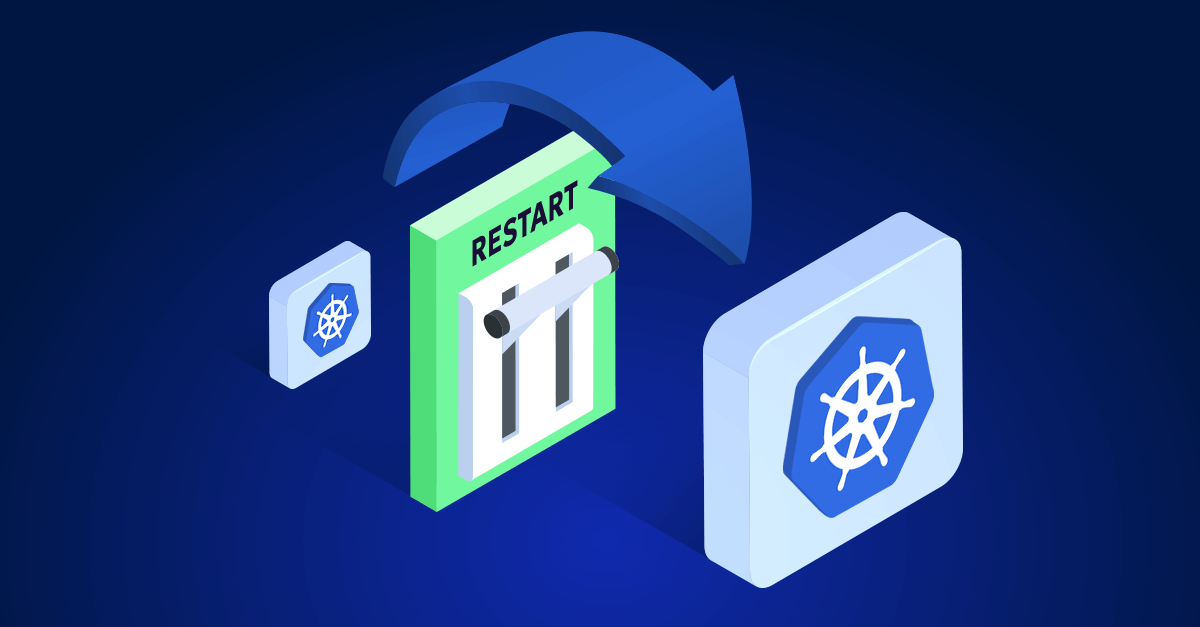Hey, I get it—you’re a cloud engineer who’s fed up with feeling like you’re trapped in a costly cloud contract. It’s frustrating to realize that what seemed like a great deal at first has turned into a situation where your hands are tied, and your options are limited. You might feel like you’re stuck with a provider that’s squeezing you for every penny, with little room to optimize or adapt. But don’t lose hope. There are ways to regain control and mitigate vendor lock-in, even if it feels like the deck is stacked against you. Let’s talk about some strategies that can help you navigate this tricky situation, and keep your cloud strategy agile and cost-effective.
What does vendor lock-in look like?
First, let’s take a good, hard look at what vendor lock-in actually means. Vendor lock-in is when your entire cloud infrastructure becomes so entangled with one provider’s services, tools, and APIs that moving to another provider feels like a nightmare of epic proportions. It’s not just about technology—it’s also about the financial handcuffs that come with long-term contracts and proprietary services. And believe me, the big guys—AWS, Azure, and Google Cloud—are pros at keeping you hooked.
Here’s how vendor lock-in look like
- Proprietary Technologies: Each cloud provider has its own shiny tools that promise to make your life easier—until you try to leave. AWS’s Lambda, Azure’s Cosmos DB, and Google’s BigQuery are great, but they’re designed to work best within their own ecosystems. Moving away from these can feel like trying to untangle a ball of yarn your cat got ahold of.
- Data Transfer Costs: Want to move your data out? Sure, you can—if you’re willing to pay through the nose. AWS, Azure, and Google Cloud all slap you with hefty fees for transferring data out of their cloud. It’s like they’re saying, “Sure, you can leave, but it’s gonna cost you.”
- Complex Architectures: If you’ve built your applications tightly around a provider’s services—say, relying heavily on AWS’s IAM for security or Google Cloud’s App Engine—moving them to another cloud can feel like rebuilding them from scratch. It’s not impossible, but it’s definitely not easy.
- Long-Term Commitments: Those discounts you get for committing to a provider’s services for a year or more? They seem like a good deal—until you realize that you’re locked in, and if you want out, you’ll have to pay for the privilege.
Implications of vendor lock-in
So, what does all this mean for you? In a word: constraints. Vendor lock-in can box you into a corner where you have fewer options, higher costs, and less freedom to innovate. You’re stuck with whatever pricing and service changes your provider throws your way, and if a better option comes along from another provider, you might be too entangled to take advantage of it. It’s frustrating, but it’s not hopeless. There are ways to loosen the grip of vendor lock-in, and regain your freedom.
5 strategies to overcome the headaches of Vendor Lock-In
1. Adopt a multi-cloud strategy
Why put all your eggs in one basket? By spreading your workloads across multiple cloud providers, you’re not completely reliant on any single one. This doesn’t just reduce your risk of being stuck with a bad provider—it also gives you the flexibility to pick and choose the best services from each provider. Think of it as diversification for your cloud strategy.
- Why It’s Good: Flexibility, reduced risk, and the ability to shop around for better pricing or services.
- What’s the Catch?: Managing multiple clouds can be a headache, but with the right tools and planning, it’s worth the effort.
Read more about multi cloud strategies here.
2. Embrace open standards and open source
Lock-in thrives on proprietary technology. Fight back by using open standards and open-source software wherever possible. These technologies aren’t tied to any one vendor, so you can move your workloads around as needed without being held hostage by a single provider’s tools.
- Why It’s Good: You’re in control, not the vendor. You can move your applications and data more easily.
- What’s the Catch?: You might need to invest in building up your team’s skills to manage open-source tools effectively, but that investment pays off in freedom.
3. Design for portability
Building your apps to run on just one cloud provider is a recipe for lock-in. Instead, design them to be portable. Use containerization tools Docker and orchestration platforms like Kubernetes to make sure your applications can run anywhere. This way, if you ever need to switch providers, your apps can come with you.
- Why It’s Good: Easier migration and less reliance on any one cloud provider.
- What’s the Catch?: It might take some upfront work to re-architect your apps for portability, but it’s a solid investment in your future flexibility.
4. Implement data portability solutions
Your data is your most valuable asset—don’t let a cloud provider hold it hostage. Store your data in formats that are easily transferable and make sure you have the tools to move it around. Regularly exporting and backing up your data in vendor-neutral formats gives you the freedom to switch providers if you need to, without worrying about massive data transfer costs or technical hurdles.
- Why It’s Good: Your data stays yours, and you can take it wherever you want.
- What’s the Catch?: Managing data across multiple environments can get complex, but with proper planning, you can keep things under control.
5. Effective commitment management
This one’s big, especially if you’re dealing with long-term contracts and financial commitments. Commitment management is about making sure you’re getting the most out of what you’ve signed up for, and not getting locked into a bad deal.
Let’s break it down into three pillars:
- Contract Negotiation and Flexibility: When you’re signing on the dotted line, make sure you’re not tying yourself down more than necessary. Negotiate for shorter terms, scalability, and clear exit clauses. You need room to maneuver, especially as your needs change.
- Commitment Utilization: Don’t just sign a contract and forget about it. Regularly monitor your usage to make sure you’re fully utilizing what you’ve committed to. If you’re not, you’re wasting money.
- Automating Commitment Utilization: This is where automation comes in. Tools like Zesty Insights can monitor your usage, provide recommendations, and alert you when you’re not making the most of your commitments. It’s like having a personal cloud advisor that ensures you’re not leaving money on the table.
- Renewal and Exit Strategy: When your contract’s up, don’t just blindly renew. Take a hard look at whether the deal still works for you. Maybe it’s time to renegotiate, or even move on to another provider. And always have an exit strategy in place so you can make the transition smoothly if needed.
Reclaim your cloud strategy: Breaking free from vendor lock-in
I know the frustration of feeling stuck with a cloud provider that’s squeezing you for every penny while offering little room for optimization. But you don’t have to stay stuck. By implementing the strategies we’ve discussed, you can start to break free from vendor lock-in and reclaim control over your cloud environment.
Adopting a multi-cloud strategy spreads your risk and increases your flexibility. Embracing open standards and designing for portability ensures you’re not tied down by proprietary technologies. Implementing data portability solutions keeps your most valuable asset—your data—under your control. And by effectively managing your commitments, you can avoid getting trapped in costly, long-term contracts. Finally, investing in your team’s skills and knowledge across multiple cloud platforms gives you the independence to make the best decisions for your business.
These strategies won’t eliminate the challenges overnight, but they’ll give you the tools to start untangling yourself from the constraints of vendor lock-in. It’s about taking back your power, ensuring that your cloud strategy remains agile, cost-effective, and aligned with your business goals. There’s hope on the horizon—start implementing these steps today, and you’ll find that you have more control than you might have thought.










